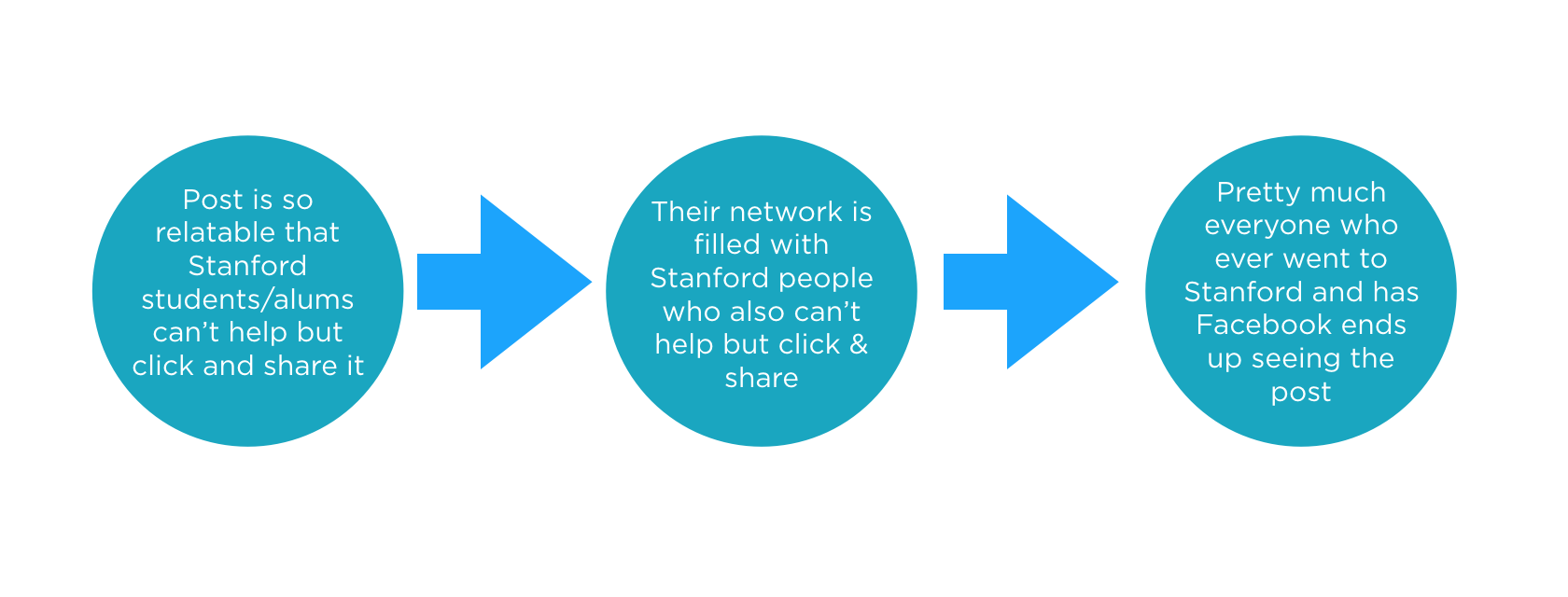Storytelling
Relatability: The First Step to Great Storytelling
Growing up, every night before bed was a wild trip to the future.
I’d imagine my ascent as a rockstar after starting a speakeasy club in my basement. Or my Super Bowl-winning touchdown as an undersized rookie running back on the New York Giants. (Even as a 10 year-old, I suspected I’d always be short). The clock ticking down, the defenders rushing after me, the ball grazing the left corner pylon as a sea of blue chanted my name.
Like billions of others, I lived in a world of story.
As Jonathan Gottschall writes in The Storytelling Animal, human beings are built for stories. We spend our lives telling ourselves tales. As children, we live more of our life in Neverland than reality. Even when we go to sleep at night, the mind stays awake, lighting itself up with stories.
We all have storytelling superpowers inside us, but as the pressures of life builds—tests, grades, jobs, mortgages, performance reviews—we lose sight of this instinctual skill. This is why business presentations bore us to sleep and marketing fails to break through.
Many of us have learned to suppress our storytelling instincts, thinking of it as a squishy skill that has no real place in the business world. Nothing could be further from the truth.
In my role at Contently and my research with neuroscientists, I’ve found that storytelling is almost always the variable that separates great brands and great leaders from the pack. As Shane Snow and I wrote in The Storytelling Edge, storytelling isn’t some magical skill only gifted to the poets and JK Rowling and that guy from product with a theatre background who tells the craziest stories at happy hour. It’s something we all can tap into.
Over the next four weeks, I’m going to go in-depth on the four elements of great storytelling: relatability, novelty, fluency, and tension.
First up, relatability.
The Power of Relatability
Think of your favorite movie. Chances are, one of the main characters reminds you of yourself.
We’re instinctively drawn to characters and worlds that we can relate to. This is why we love teen movies when we’re in high school. It’s why my mom’s favorite movie of the last 20 years is Something’s Gotta Give. If we can see ourselves in a character, we’re much more likely to pay attention. Basically, we’re a planet of narcissists.

This dynamic is extremely powerful in digital media. BuzzFeed became one of the fastest growing media companies in history by capitalizing on our love of relatability.
In its early days, BuzzFeed flooded the web with stories like 21 Things That Could Only Happen At Stanford, filled with inside jokes. At first, this post seems like it would have a narrow audience, which wouldn’t make much sense for a viral media company. But BuzzFeed knows that Stanford students and alums can’t help but click on a relatable post like that. Once they do, they can’t help but share it with their social network full of other Stanford students and alums. Before long, that the network effect reaches hundreds of thousands of people.

Naming your audience in a headline is an easy way to send a clear ‘relatability signal,” and even the most niche B2B companies can get in on the fun. Texas Instruments, for example, got thousands of shares on a post titled “Seven Things Only An Analog Engineer Can Understand,” which is incredible for such niche content. (I barely understand it, but you can tell in the comments that engineers really related to it.)
If you want more inspiration, look to GE. The company was losing the engineer recruiting war to Silicon Valley tech startups when it launched “What’s the Matter With Owen?” a self-deprecating video series in 2015. In the clips, a young engineer struggles to explain to his friends and family that he’s going to GE to work on innovation initiatives, not the railroad.
Engineers related to it. Not only did engineering applications to GE shoot up by 800 percent, but Owen also became a minor celebrity along the way.
“People inside the company are just in love with the campaign,” GE CMO Linda Boff told me. “We have brought the actor who plays Owen to some of our internal events, and really you’d think we were bringing the Beatles back together. People are so excited that here’s a story about the company, but it’s really a story about them. They’re our Owens.”
I’ve even seen this firsthand in neuroscience research on political campaign ads. Recently, I tested ads from the main democratic primary candidates. When ads showed footage of real people, respondents related to them much better than ads with stock footage. Memory encoding an emotional engagement shot up, which is what politicians ultimately want.
Any time you green light a story for your company’s blog or tell a story in a meeting, ask yourself: Can my audience see themselves in this story? Can they relate to it? If you’re not sure how to relate to your audience, conduct empathy interviews (guide here) until you fully understand their challenges and aspirations.
Every story you tell—from a case study to a thought leadership post to an explainer video—should make your audience feel seen. Do that, and you’ll become a better marketer. You’ll become a better leader. And you’ll begin to let the storytelling light back into your life.
Image by iStockPhotoGet better at your job right now.
Read our monthly newsletter to master content marketing. It’s made for marketers, creators, and everyone in between.




